The post 5 Tips for Better Forest Bird Photography appeared first on Digital Photography School. It was authored by Samuel Bloch.
Birds are a delight for the eye, and it’s natural you want to capture them with your camera. However, when you start shooting more and more, you’ll realize that each environment offers challenges, and therefore each requires a unique approach.

Red-Crowned Parakeet © Samuel Bloch
Birds are often found in good numbers in the forest, but you’ll find them moving fast into dark places, making photography there truly difficult. Here are a few tips I gathered during my time in the woods; I hope they can help you make the most of your trips there.
1. Wait for cloudy days
Light is everything in photography, and bird photography is no exception. Ideally, you’ll want to shoot birds during the golden hour (at sunrise or sunset). However, you’ll face two main obstacles shooting at this time. Firstly, sunrise and sunset may not reach inside the forest, especially if you are in a valley that opens to the north or south. By the time the morning light reaches the bottom, it may be harsh and unflattering. Secondly, forest birds might not be as predictable as, say, waterfowl, and you’ll need much luck to find a bird in the right spot at the right time before light becomes harsh.
On the other hand, shooting during a sunny day creates too much contrast: leaves catching sunlight turn into bright spots, branches cast ugly shadows on your subject, and in general, all the generic issues with shooting during the day apply in the forest as well…unless you go on an overcast day.
If it’s a cloudy day, contrast reduces, light softens, and the overall atmosphere will be much more flattering for your subject.
As an example, here are two pictures of the same bird; a New Zealand Bellbird. The first one was taken on a sunny day and exemplifies all the issues described above. Notice the branch’s shadow over the bird’s face and the bright spots on the tree to the right. I photographed the second image on a cloudy day when the light was softer and more homogenous.

New Zealand Bellbird on a sunny day © Samuel Bloch

New Zealand Bellbird on a cloudy day © Samuel Bloch
2. Embrace high iso
Under the canopy, it’s darker than in an open area. If you’re shooting on an overcast day, it will be darker than on a sunny day. Therefore, as in every situation, you’ll have to adapt your camera settings.
The first thing to mention is that you don’t need as high a shutter speed as you think, especially if you have a stabilized lens. If you shoot handheld, the general guideline is to use a shutter speed no lower than the inverse of your focal (i.e., if you’re shooting with a 400 mm focal length, you shouldn’t go below 1/400s). While this is good to keep in mind, you can go down to 1/250s or even 1/200s and still make great photographs! This requires practice, as you need to be very stable, but it’s possible. Birds move fast, but when they perch on a branch, they stay still for only a short time; trigger a burst of shots at the right moment, and you should come up with good frames.
The other aspect I’d like to focus on is ISO. Again, you can push your ISO much further than you think. I’ve found that if your bird is well in focus, grain is a problem only in the background, where you can easily remove it (with Photoshop for instance).
As an example, I shoot with a cropped-sensor camera (Canon 7DII), and I’ve heard people with the same equipment tell me they won’t go over ISO800. In the forest, I’m happy to go as high as ISO3200. Of course, you should not expect the image quality to be the same as ISO100, but you can still produce images you’ll like. Full-frame users have more flexibility in that regard.

Stitchbird shot at ISO3200 with a Canon 7DII © Samuel Bloch
3. Shoot Aperture Priority with auto ISO
Birds, especially songbirds, move quickly. You won’t have time to use Manual mode.
I make the majority of my bird photography with Manual mode, but there’s no shame in using a semi-automatic mode if it helps you create amazing shots! However, you’ll need to help your camera. Let it decide what ISO it wants to use (Auto ISO), but if you can, set a maximum ISO number that the camera won’t overrun (I use ISO3200 on a Canon 7DII). You can also set a minimum shutter speed, to prevent your camera from going too low there.
The aperture is the only thing you need to decide. Personally, with a Canon 100-400mm II, I prefer to shoot at f/6.3 because I find it sharper than when it’s wide open. However, in very dark conditions, I go down to f/5.6 (the minimum at 400mm). Remember the wider, the brighter.

North Island Saddleback © Samuel Bloch

North Island Robin © Samuel Bloch
Once you’re set up, start shooting and keep an eye on your screen. You can play with Exposure compensation to adjust your exposure; I often like to underexpose by one or two-thirds of a stop, but it depends on the conditions.
4. Mind your background
Because you’re shooting in Aperture priority mode, you have more time to work on composition. Your image has more impact if you can draw the viewer’s eye directly to your subject (the bird), so it is good to limit distracting elements. A clean, smooth background is one way to achieve that. It doesn’t have to be uniform. Some color patterns can be pretty, but branches and foliage should not be recognizable (at least, not too much!) The best way to create such a background is to be close to your subject while the background is far away. The further the bird, the harder it will be to obtain this clean background.

New Zealand Bellbird © Samuel Bloch
The other trick you can use for composition is framing: use out-of-focus branches and leaves to surround the bird and direct your viewer’s eye. Again, on an overcast day, these elements look soft and pleasant, while they can be harsh and distracting on a sunny day, as they catch the sunlight.

Juvenile New Zealand Bellbird © Samuel Bloch
5. Anticipate
Forest birds move fast. You can’t expect them to stay on a perch for ten seconds for you to fine-tune your shot. One second, maybe two, and they are gone.
Therefore, you need to anticipate. Keep your camera up, at the ready. When you spot a bird, try to guess in which direction it will move next, and position yourself to maximize opportunities there. Study the possible perches, and choose those with the most favorable background. Prepare yourself to shoot when the bird lands on these perches.
The approach above can be a gamble, especially if you don’t know the birds. It pays to regularly watch birds to learn their habits. It also pays to visit a place time and again, to learn it, to know where to find each bird, what area they like, and what perches they favor.

Rifleman © Samuel Bloch
You may want to set up a hide, but it is also valuable to stay mobile. Forest birds are not necessarily shy. Move slowly, and they may grace you with fantastic encounters. Then, it’s up to you to make the great pictures happen! Good luck!
Conclusion
If you can’t find birds at sunrise or sunset, elect to shoot on a cloudy day. It will be dark, so you have to adjust your settings – don’t fear high ISO! Aperture Priority mode gives you more time to work on your composition (mind the background!), and if you take time to observe the birds, you will be rewarded with fantastic photo opportunities.
The post 5 Tips for Better Forest Bird Photography appeared first on Digital Photography School. It was authored by Samuel Bloch.

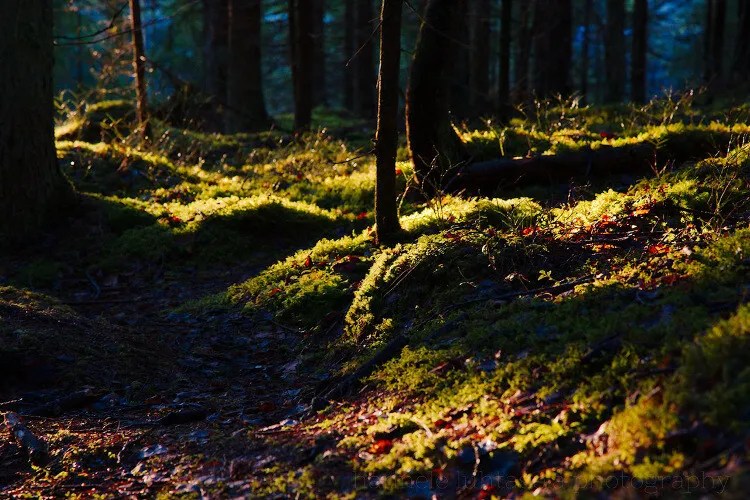












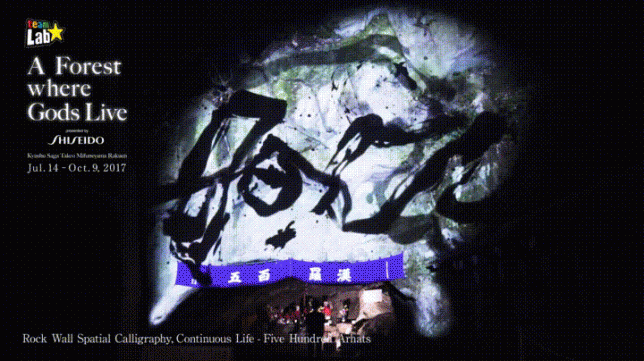
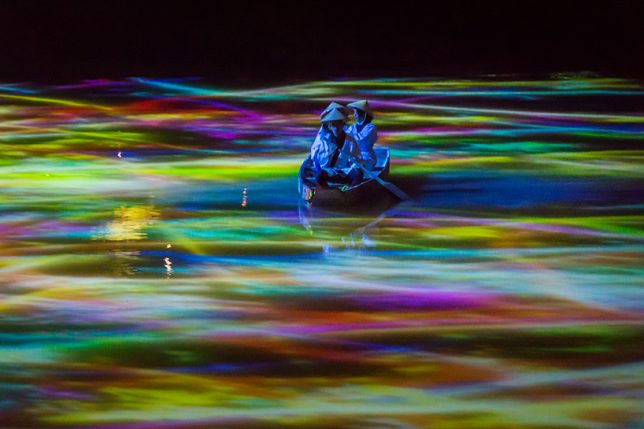
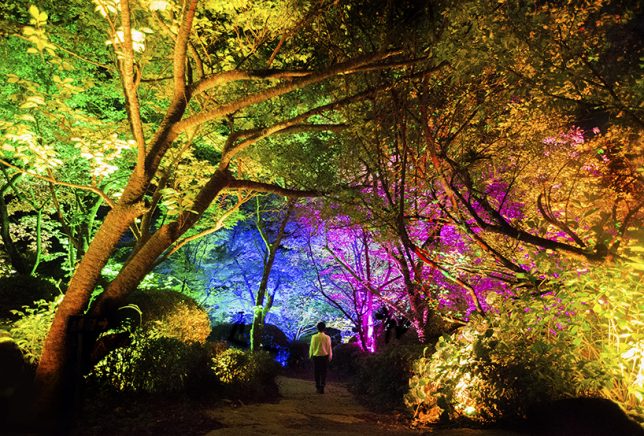
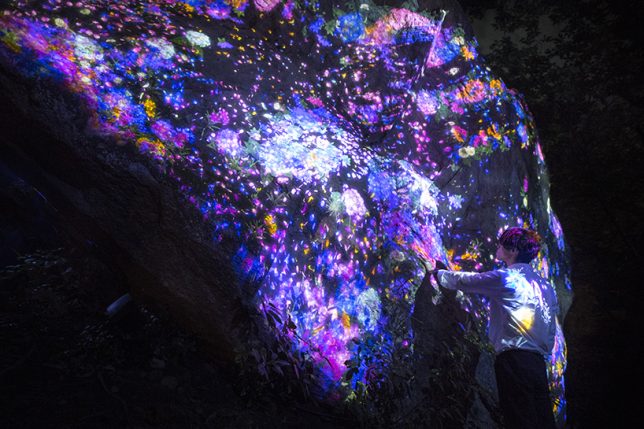
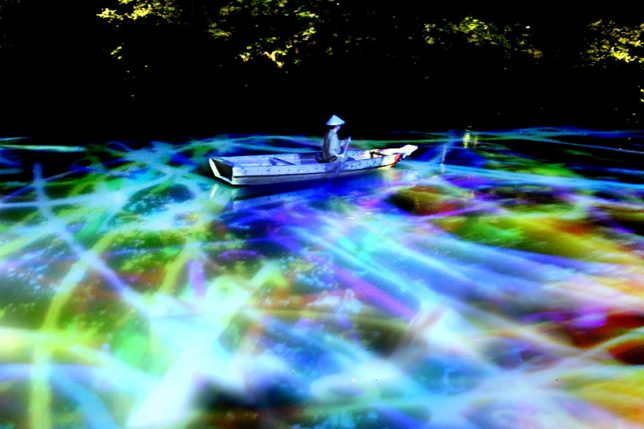
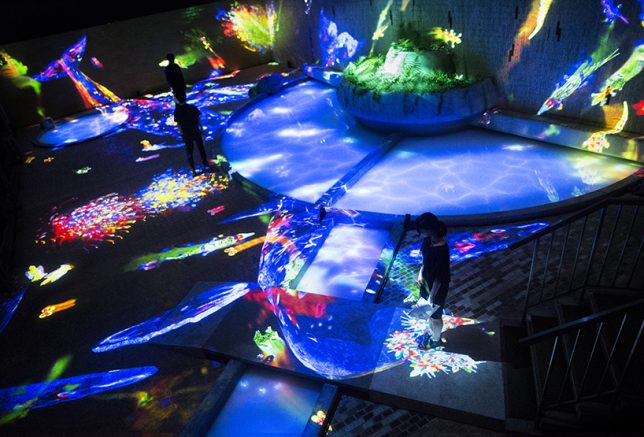





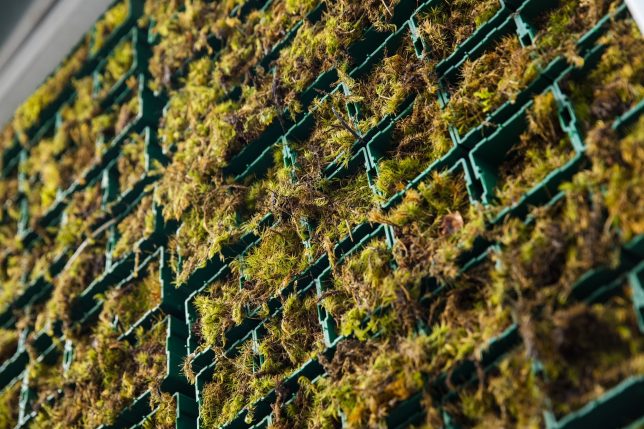
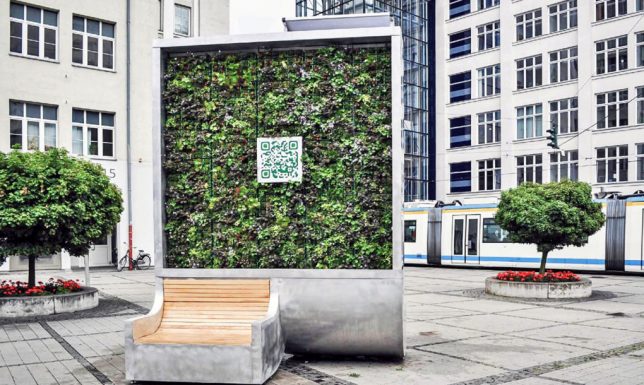
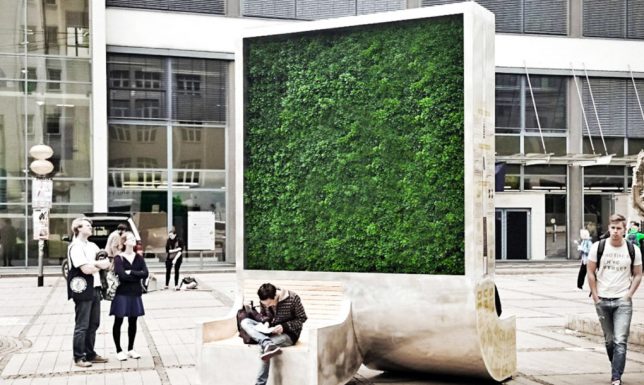

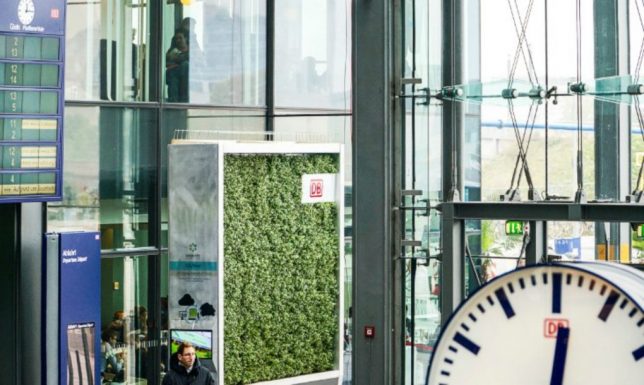
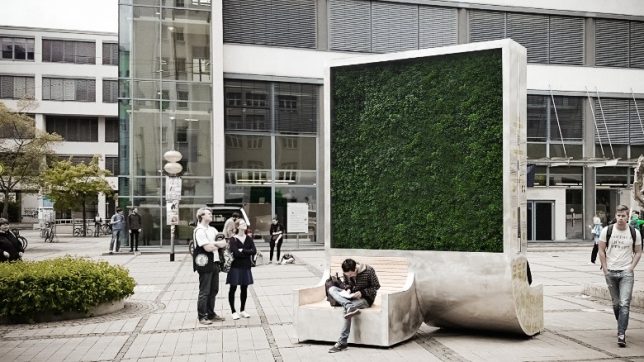
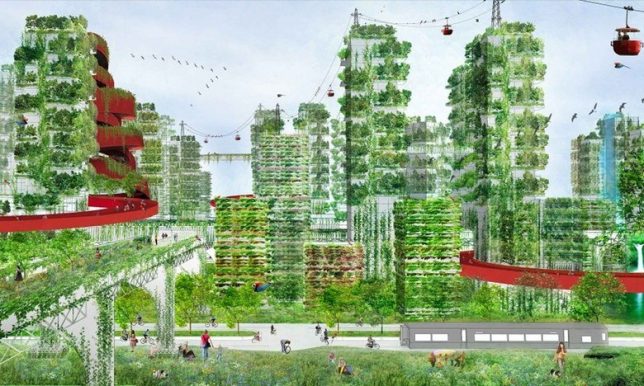
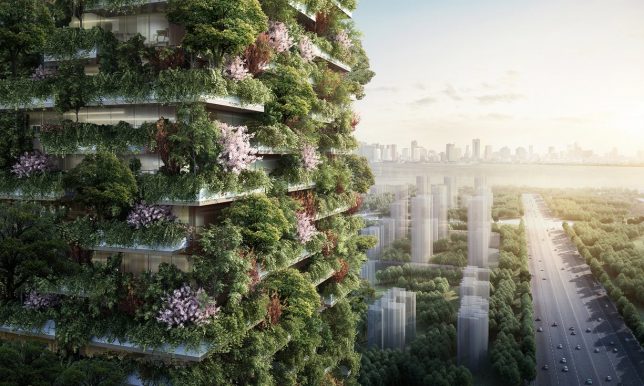








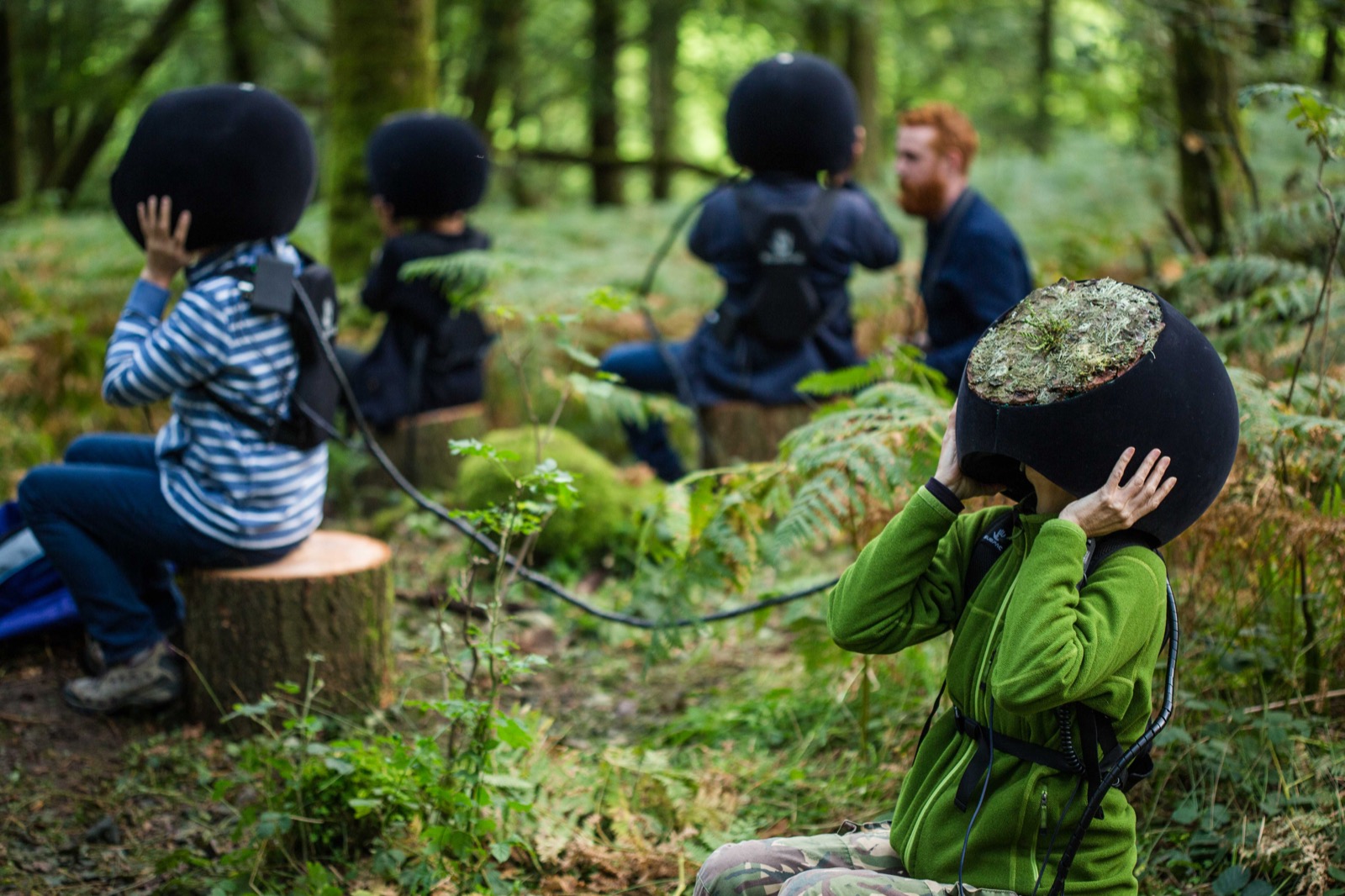
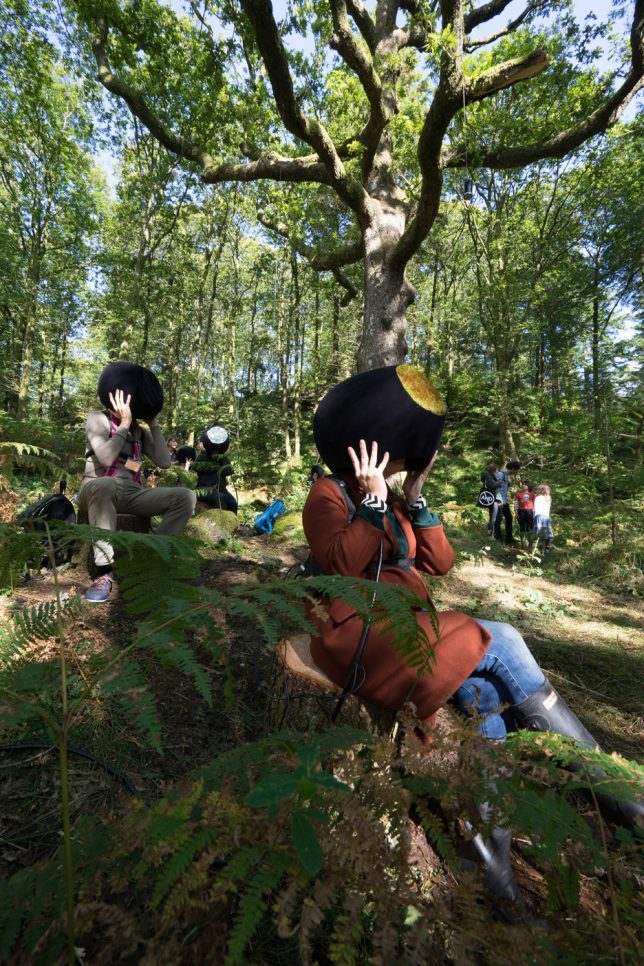

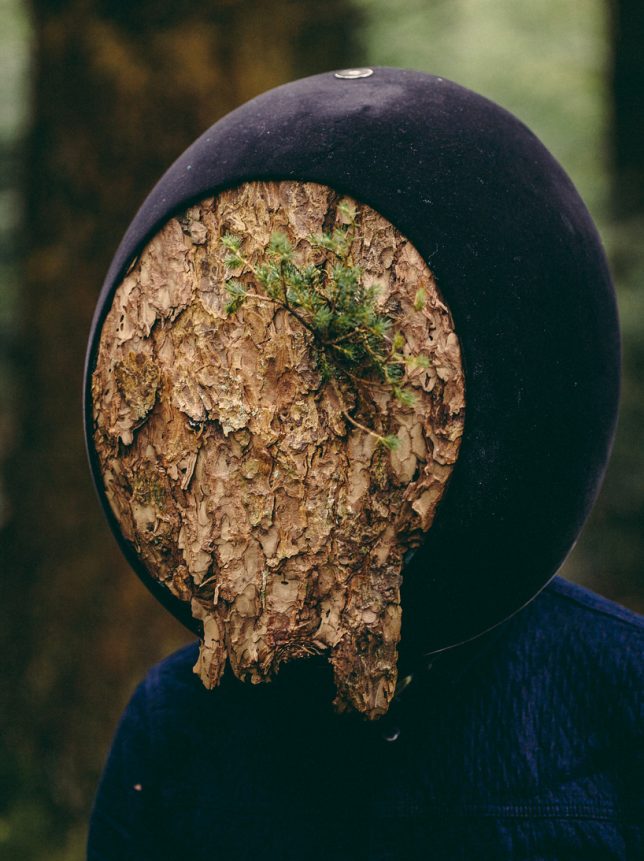
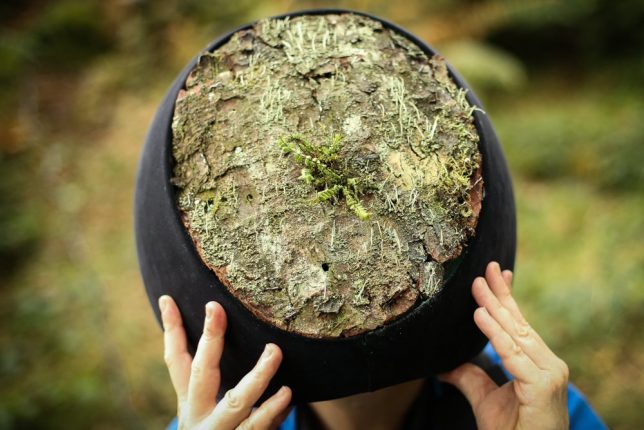
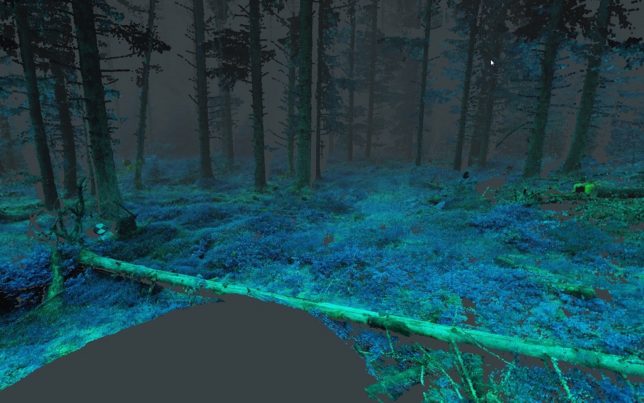
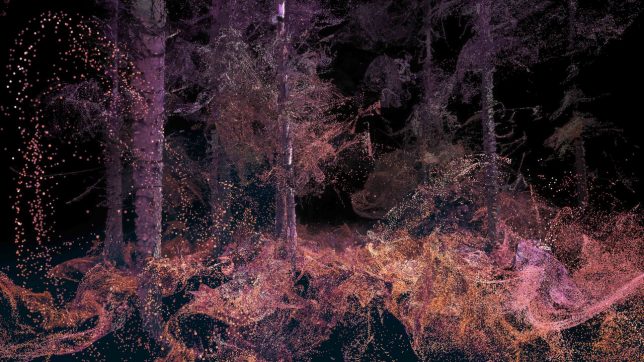
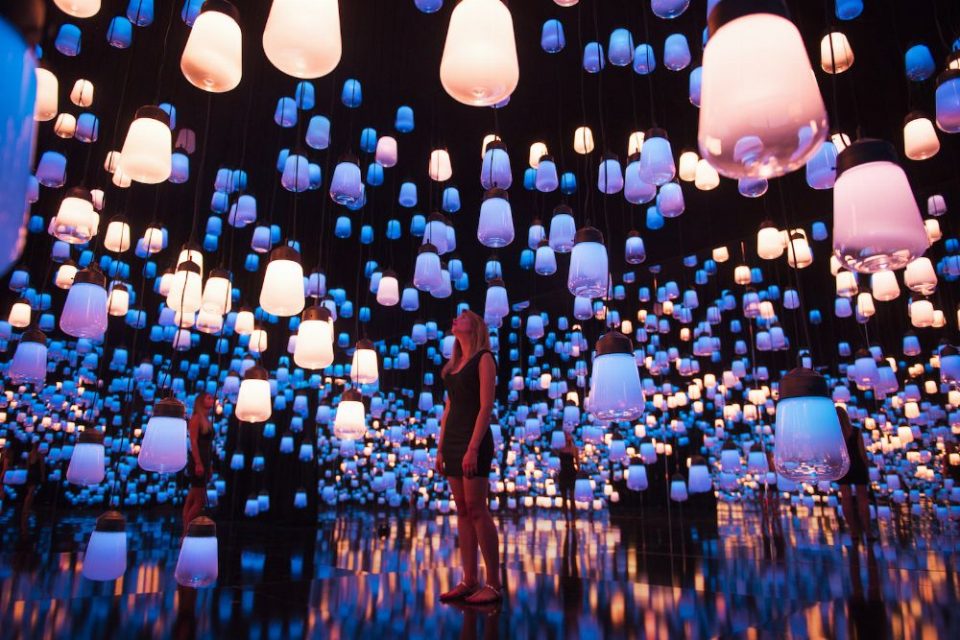
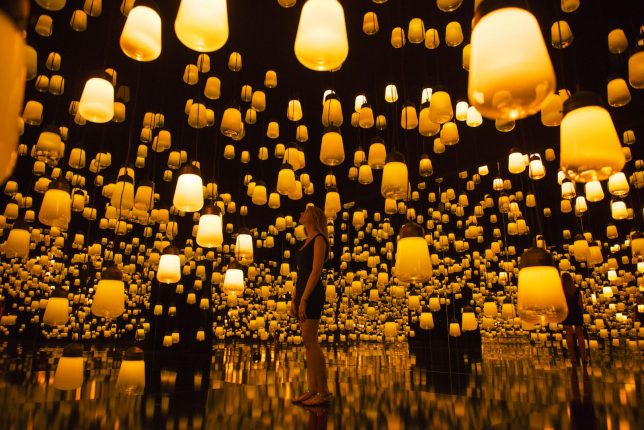
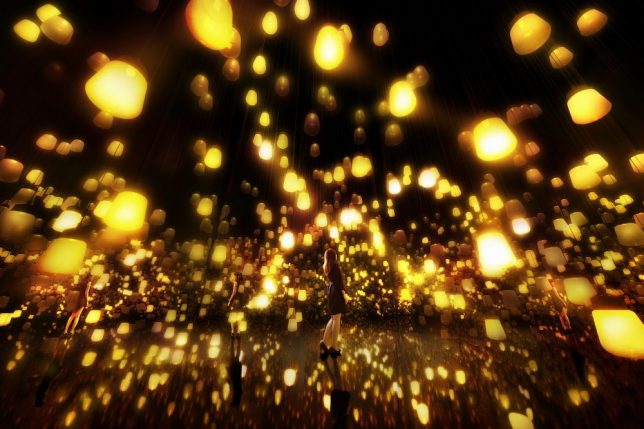

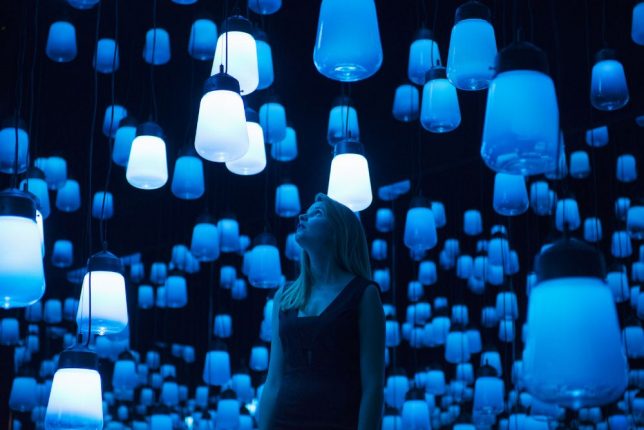
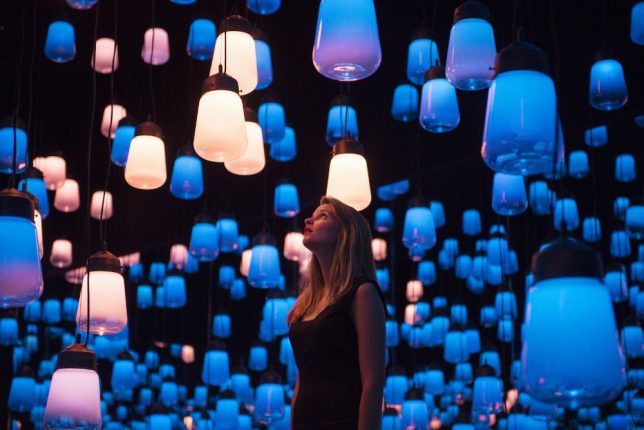
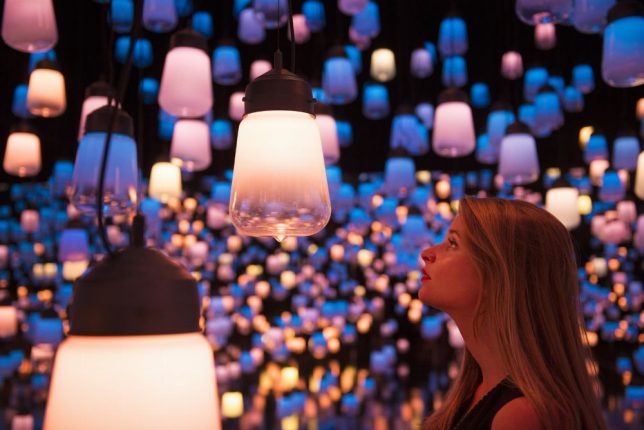
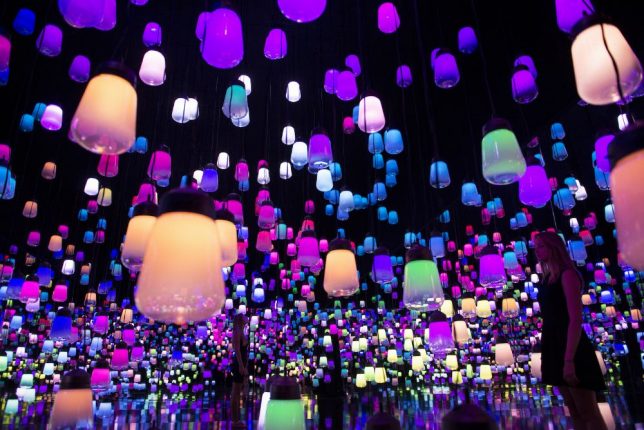

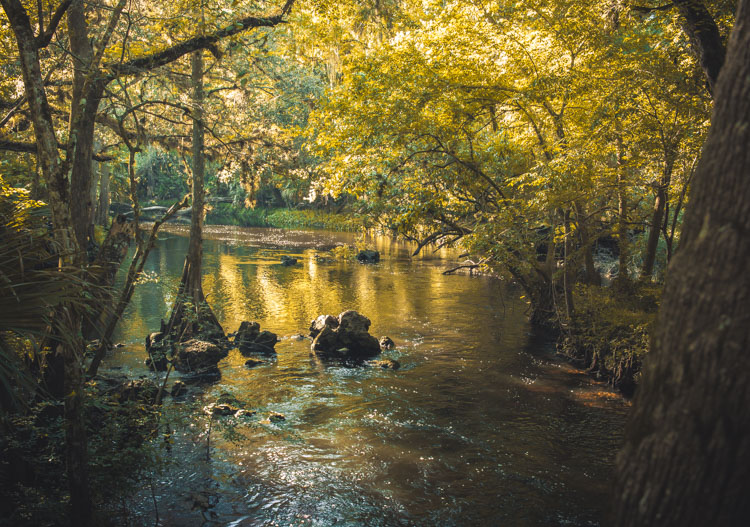

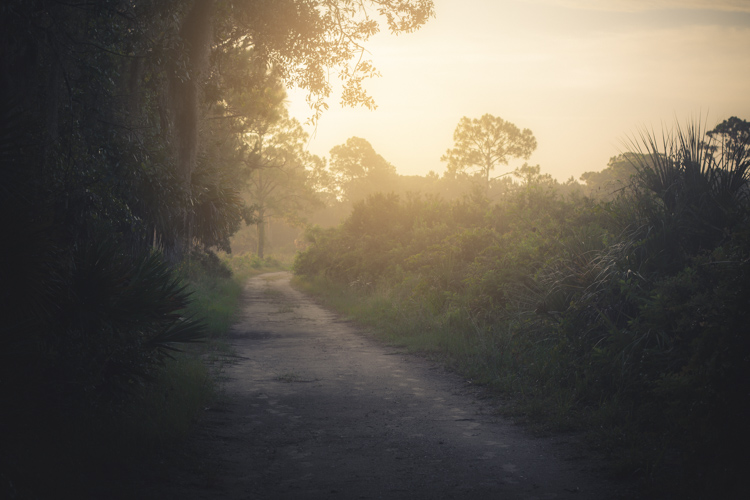
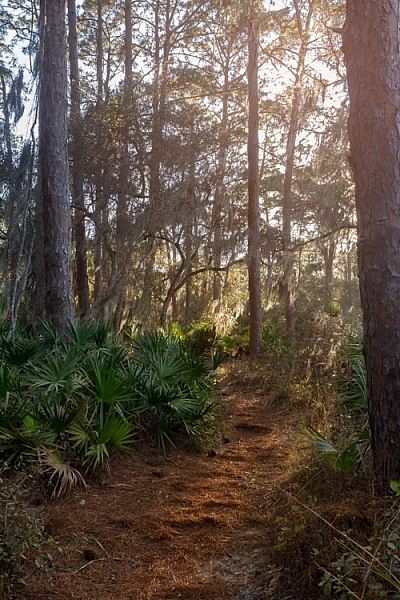
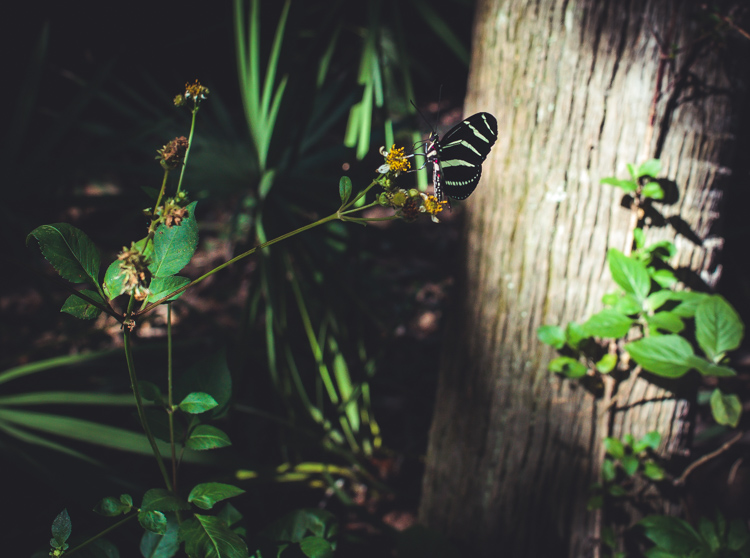
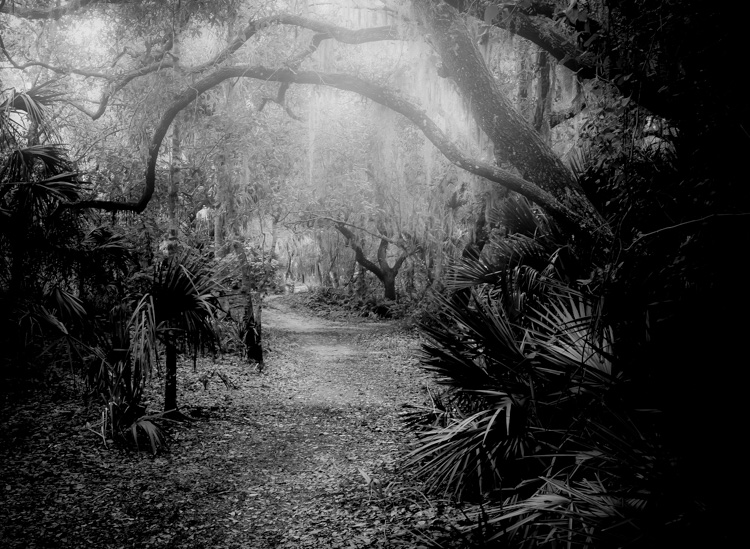
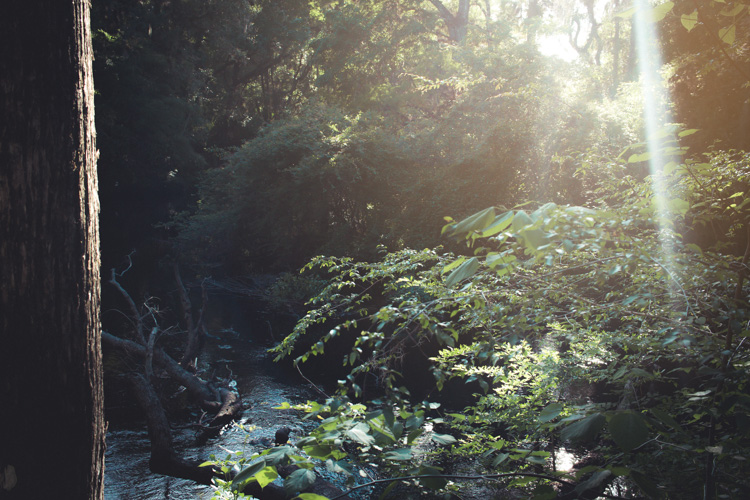
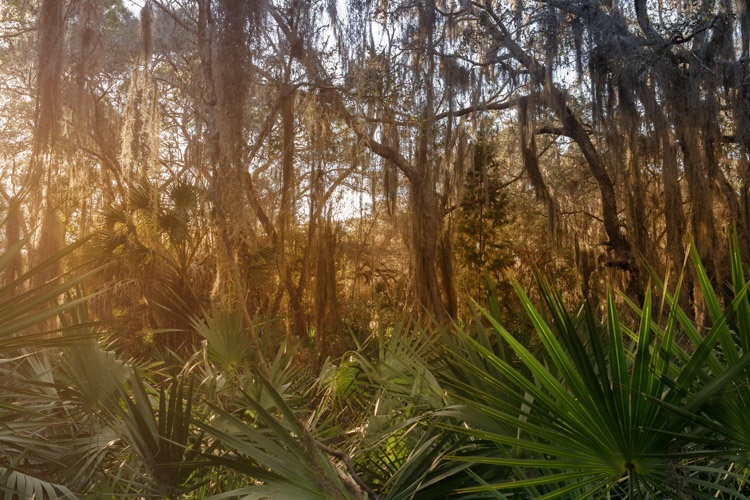
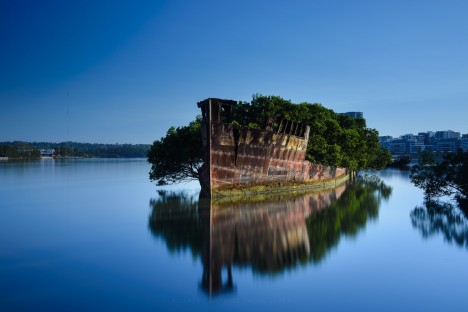
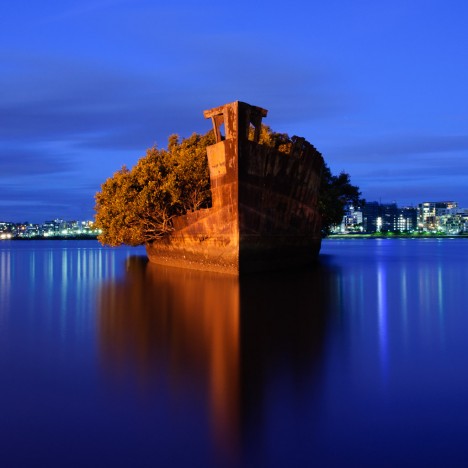

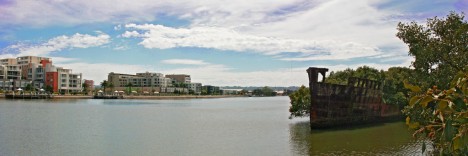
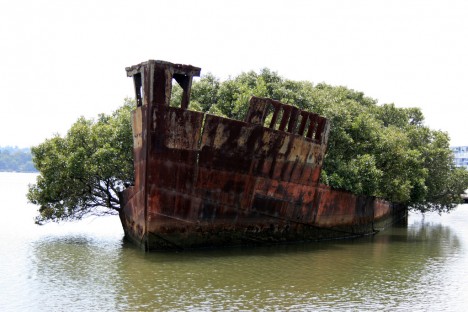
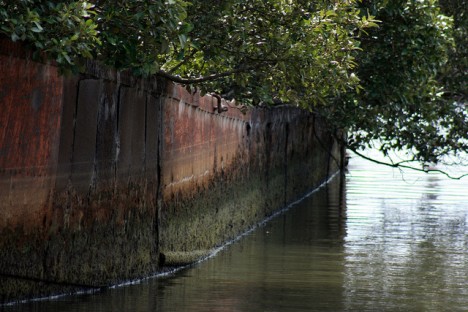
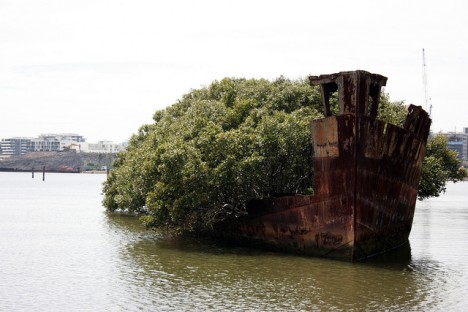
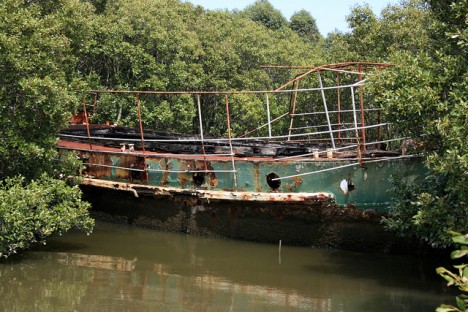

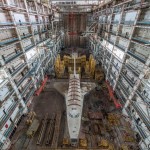





You must be logged in to post a comment.